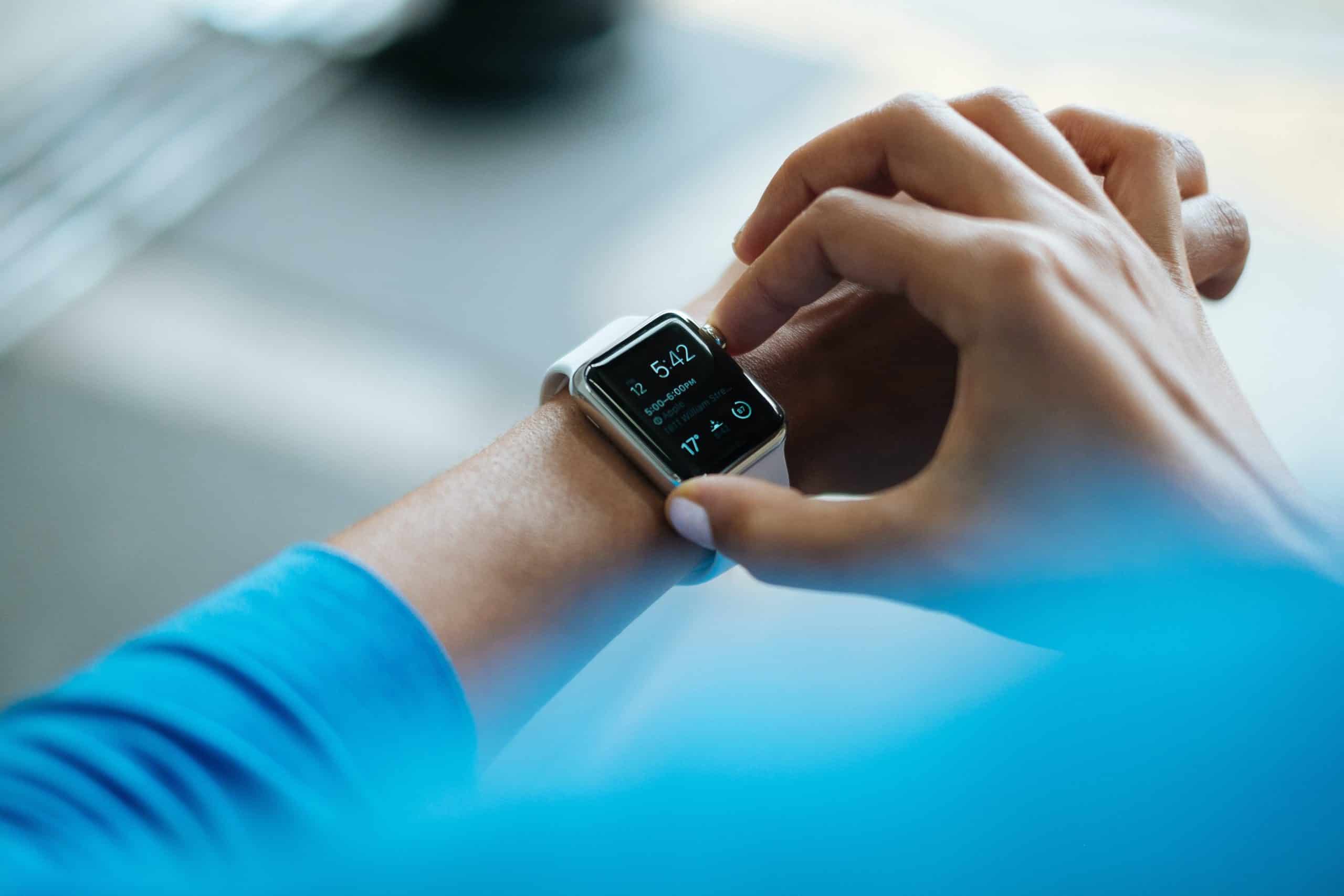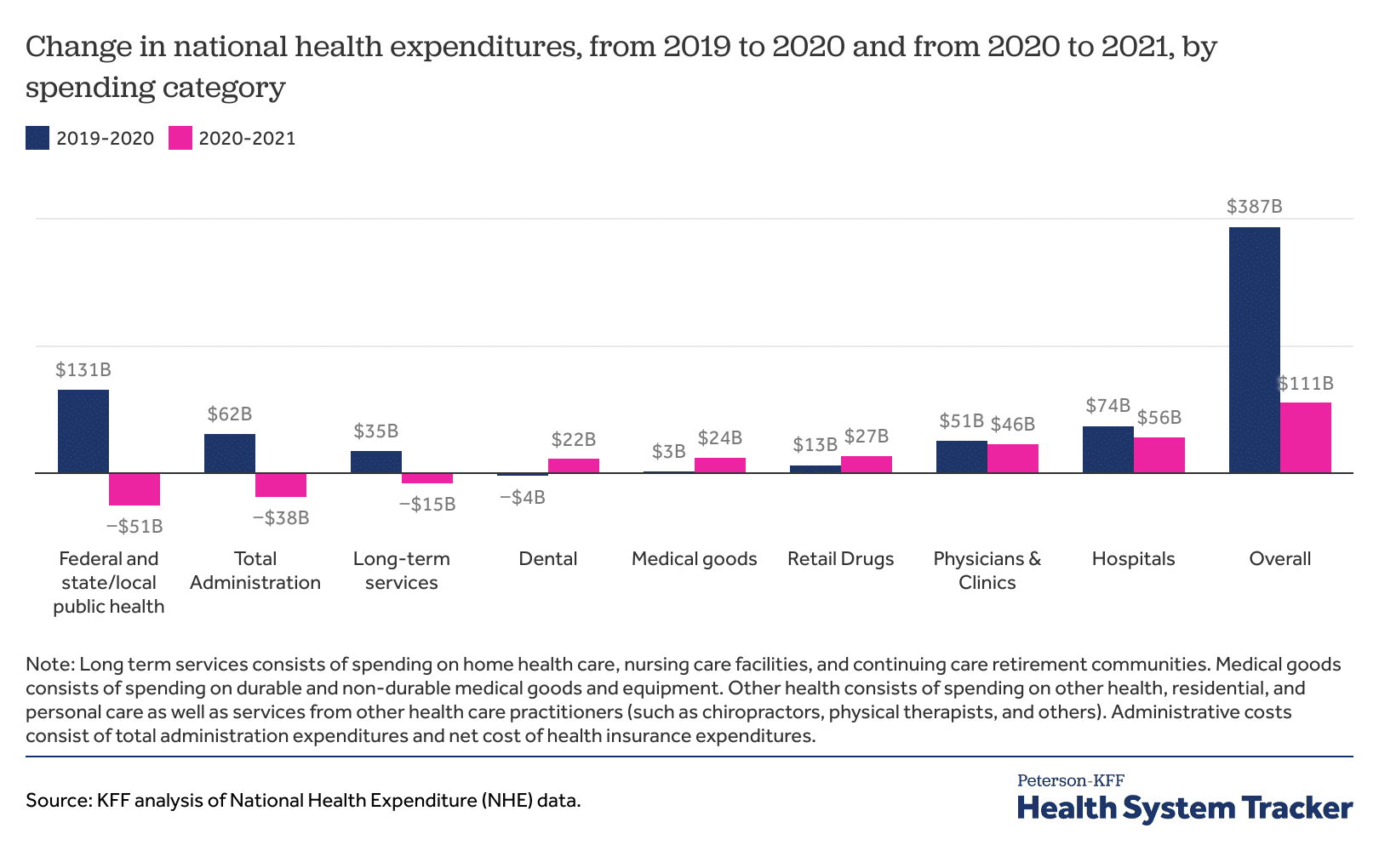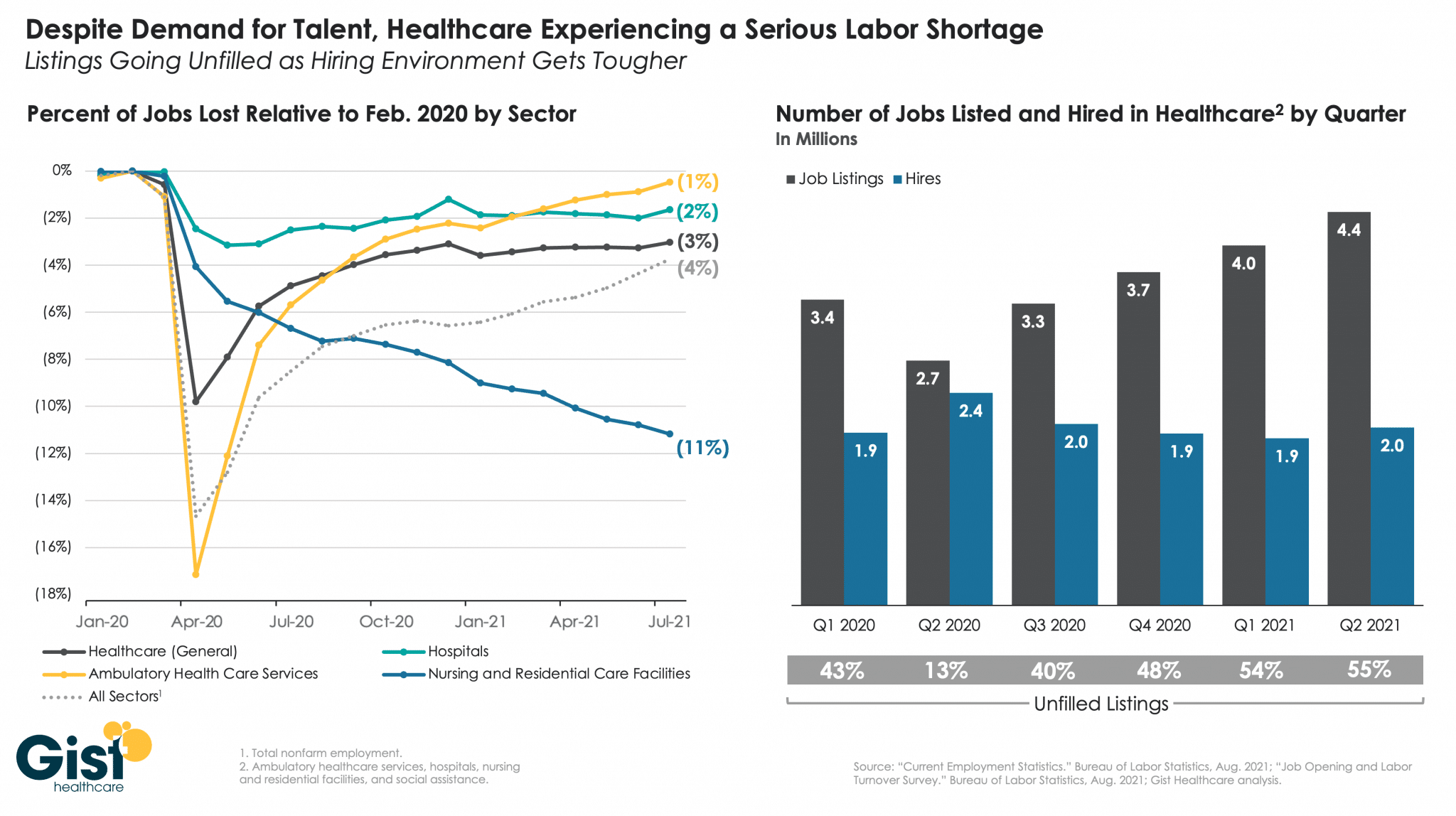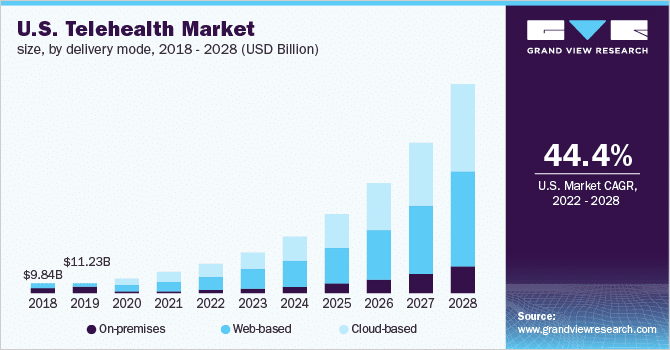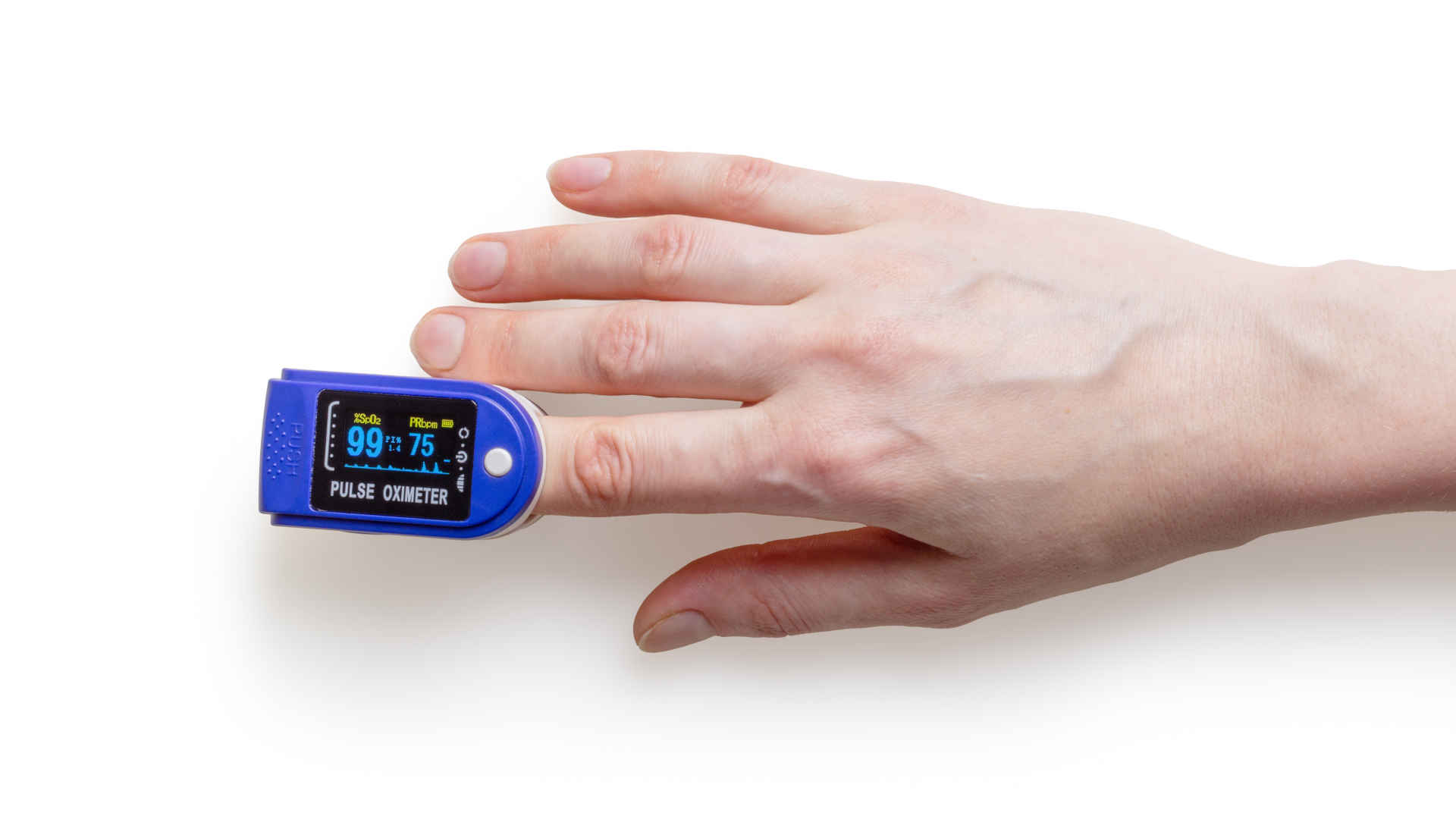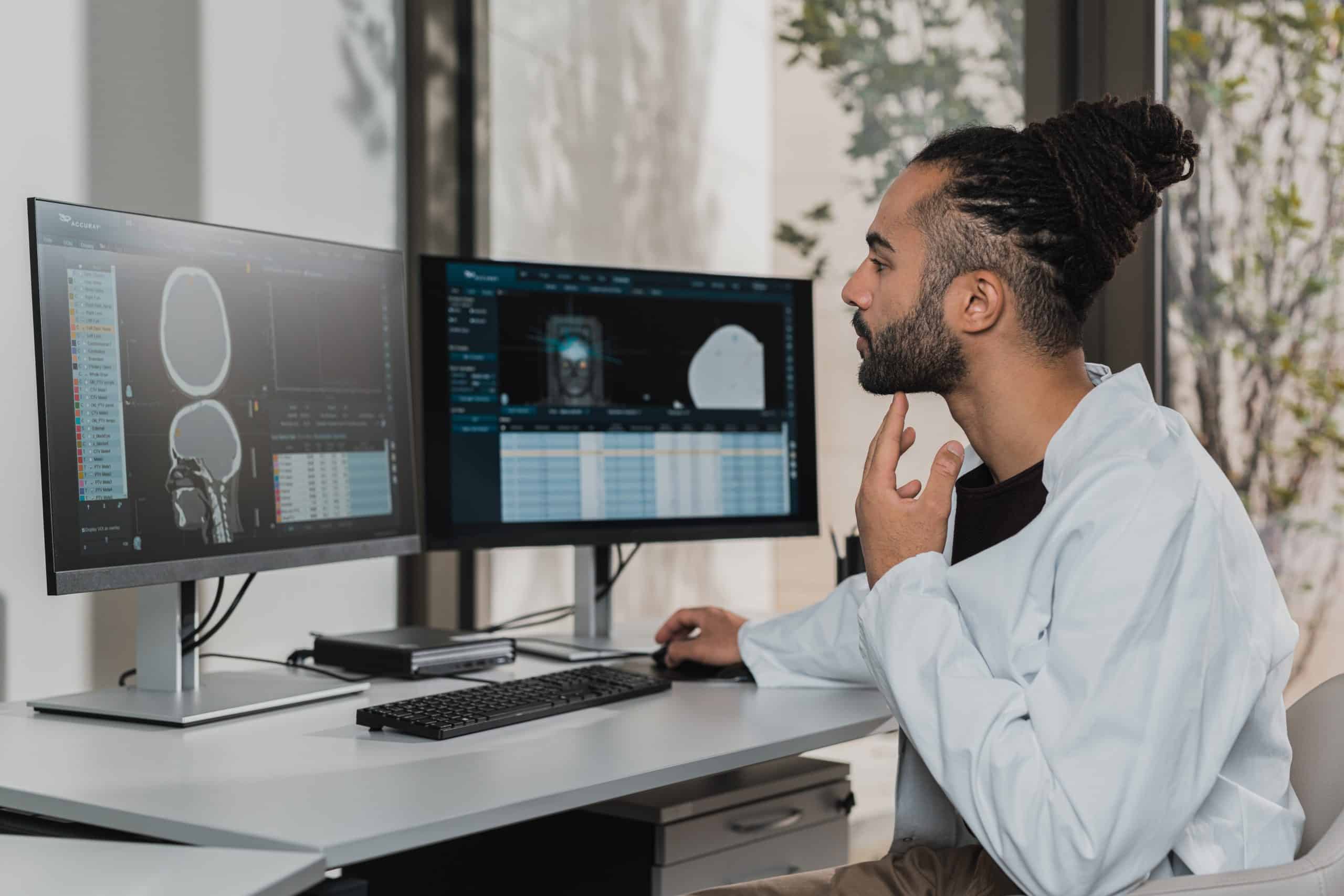Trends driving demand for advanced medical devices for outpatient care.
The healthcare industry is undergoing a significant transformation, driven by various factors such as the need for cost savings and a shortage of personnel. As a result, advanced medical devices are increasingly vital in providing efficient and effective care in outpatient settings. Let’s take a closest look at the key trends driving the demand for advanced medical devices in outpatient care and how they revolutionize healthcare delivery.
Advanced medical devices are increasingly vital in providing efficient and effective care in outpatient settings Share on XRising Healthcare Costs
One of the primary drivers behind the demand for advanced medical devices in outpatient care is the pressing need for cost savings. With rising healthcare costs, outpatient settings provide an opportunity for more cost-effective care compared to traditional hospital-based care.
Overall, connected devices enable healthcare providers to perform and automate procedures and diagnostics outside of the hospital, reducing the overall cost burden on the healthcare system. The chart below breaks out healthcare spending during the critical 2019-2021 timeframe. Shifting trends in spending can point to market opportunities for advanced medical device developers.
Healthcare Worker Shortage Crisis
A shortage of healthcare personnel, especially in rural areas, is further fueling the demand for advanced medical device in outpatient care. Some sectors of healthcare employment took a deep dive related to COVID burnout. While some areas are recovering, critical sectors like nursing are still losing staff. The overall number of hires continues to significantly lag behind the number of job openings. The shortage of healthcare specialists and primary care physicians in the U.S. is one of the major factors expected to accelerate the market growth in the U.S.
Software as a Medical Device (SaMD)
Another significant trend driving the demand for advanced medical devices in outpatient care is the emergence of Software as a Medical Device (SaMD). SaMD refers to software intended for medical purposes and performs functions traditionally carried out by medical devices.
Providers and patients can use these software applications on various devices, including smartphones, tablets, and wearable devices.
SaMDs are revolutionizing outpatient care by enabling remote diagnosis, monitoring, and treatment. For example, mobile health applications can collect and analyze patient data, allowing healthcare providers to remotely monitor vital signs, manage chronic conditions, and provide timely interventions.
SaMDs also facilitate personalized healthcare by providing patients with real-time feedback and insights into their health status, empowering them to actively participate in their care.
These devices may also help with the shortage of specialized expertise such as nursing. SaMDs leverage cutting-edge technology to empower non-specialist healthcare providers in delivering high-quality care. For instance, advanced imaging devices enable accurate diagnosis and treatment planning, allowing healthcare professionals in outpatient settings to provide specialized care that was once only available in hospitals.
Are you working on a SaMD idea? At Galen Data, we were early movers in the SaMD space, developing a unique, secure cloud-based modular platform for research, reporting, and compliance. Our approach allows SaMDs to get up and running in weeks, not months. Reach out to learn more about how we work with clients developing SaMDs.
Telemedicine and Telehealth
Telemedicine and telehealth services are increasingly prevalent in outpatient care, with advanced medical devices playing a crucial role. Telemedicine refers to the delivery of healthcare services remotely using telecommunications technology. Telehealth encompasses a broader scope, incorporating remote monitoring, patient education, and healthcare administration.
Buoyed by advances in video conferencing and cloud computing, both sectors were experiencing growth prior to COVID-19. The quarantine status during the lockdown ramped up demand for remote healthcare services overnight. While not without challenges, telehealth is undeniably a trend whose time has come.
Researchers value the U.S. telehealth market size at USD 23.5 B in 2021. Research indicates it could expand at a compound annual growth rate (CAGR) of 44.4% from 2022 to 2028. The overview below of the US market from Grand View Research predicts that web and cloud-based telehealth services will dwarf on-premise visits in 5 years.
Not all sectors are experiencing the same demand or rates of adoption. The chart below, also from Grand View, breaks out telemedicine demand by application.
Advanced medical devices enable healthcare providers to conduct virtual consultations, monitor patients remotely, and share medical information securely. They can also automate collecting, sending, and analyzing patient data, saving providers time and money.
Wearables and Remote Monitoring
Wearables and remote monitoring technologies are increasing advanced medical device use in outpatient care. B2C wearable devices, such as smartwatches and fitness trackers, are evolving beyond their initial consumer-focused applications and are now being integrated into healthcare systems.
For instance, wearable sensors can track vital signs, collect data, and transmit it to healthcare providers in real-time. This allows for early detection of abnormalities and timely interventions, reducing the need for unnecessary hospital visits and improving patient outcomes.
Wearables monitor various health parameters, such as heart rate, sleep patterns, and physical activity, providing valuable insights into patients’ well-being. advanced medical devices, combined with data analytics and artificial intelligence, enable healthcare providers to monitor patients remotely, identify trends, and intervene when necessary.
Remote monitoring enhances patient convenience and engagement and allows early detection of deteriorating health conditions, reducing hospital readmissions and improving overall healthcare outcomes.
Moving Ahead
As the healthcare industry shifts the majority of service delivery to remote access, advanced medical devices will play an increasingly pivotal role in outpatient care. At Galen Data, we have deep experience helping advanced medical device startups and companies, from concept to GTM and beyond. Reach out today to discuss your unique needs.


